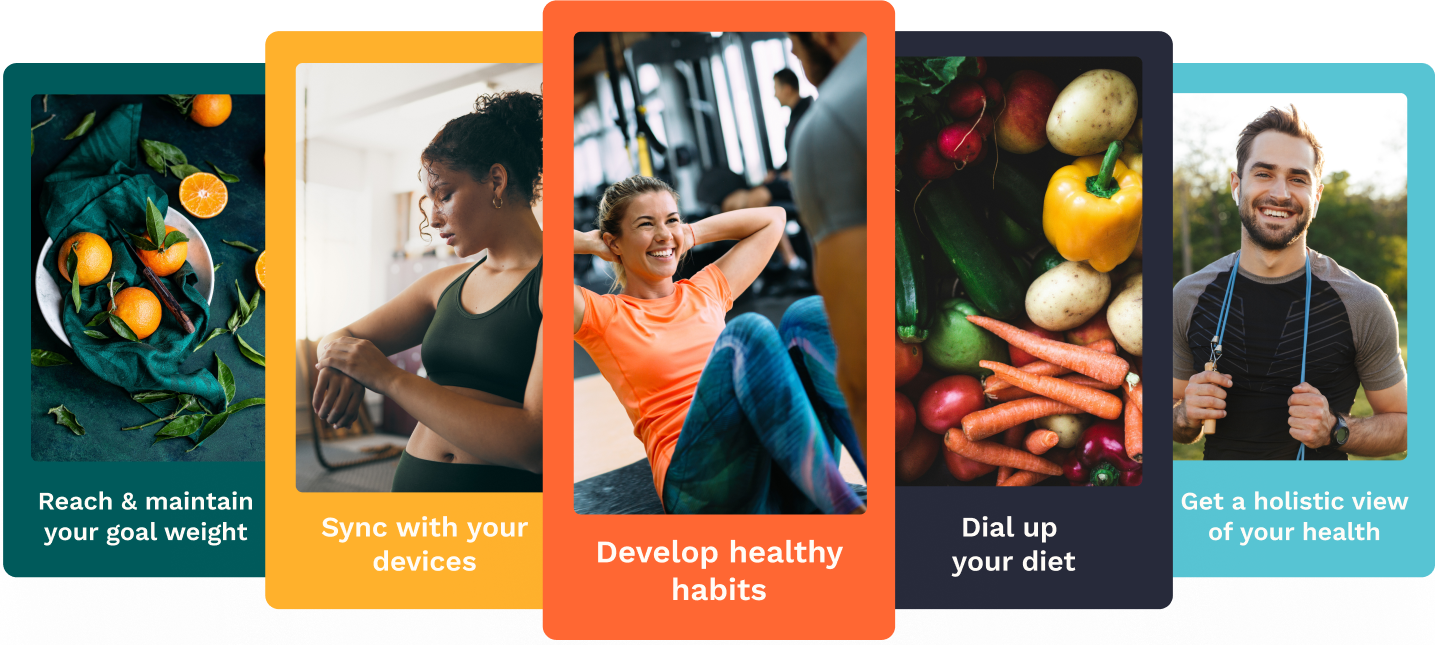Guest Post From The Registered Dietitians At Feastgood
Nutrient timing is an increasingly popular strategy aimed at optimizing our body’s natural functions, including testosterone production.
As we age, our testosterone levels tend to decline, leading to various issues like weight gain, decreased energy, and even sexual dysfunction.
By understanding how nutrient timing affects testosterone production, we can take steps to maintain healthier levels of this essential hormone.
Key Takeaways
- Consuming a balanced mix of protein and carbohydrates 1-2 hours before a workout helps maintain hormone levels during training.
- Post-exercise nutrition is also vital; consuming a protein-rich meal with complex carbohydrates within 30-60 minutes after a workout aids in optimal testosterone production and recovery.
- Throughout the day, maintaining a steady intake of testosterone-boosting nutrients via small, frequent meals consisting of lean proteins, healthy fats, and complex carbohydrates can enhance natural testosterone production.
The Basics: Macronutrients, Meal Frequency, & Micronutrients
Before discussing the specifics of nutrient timing, we have to understand some foundational nutritional concepts that, without these basics, won’t lead to testosterone optimization—no matter how much you focus on nutrient timing.
The Role of Macronutrients
Carbohydrates act as our primary energy source, fueling daily activities and workouts. Consuming an adequate amount is pivotal to maintaining optimal hormone levels, including testosterone.
Experts suggest that about 45-60% of your daily calorie intake should come from carbohydrates, preferably complex ones like whole grains, fruits, and vegetables, which provide sustained energy release.
Proteins play an indispensable role in muscle growth, repair, and recovery, all of which can be linked to healthy testosterone levels. Additionally, adequate protein intake aids in maintaining a balanced hormone profile.
The recommended minimum daily intake is 0.8 grams of protein per kg of ideal body weight.
Incorporate a variety of protein sources, including lean meats, fish, dairy, and plant-based options like beans and lentils.
Healthy fats, specifically monounsaturated and polyunsaturated fats, are integral to hormone production and regulation, including testosterone.
Omega-3 and Omega-6 fatty acids, found in foods like avocados, nuts, seeds, and fatty fish, contribute to a healthy testosterone-friendly diet.
Alan Aragon, a nutrition researcher and educator, says that you shouldn’t go below 20% of your daily calorie intake from fat, at a bare minimum.
Meal Frequency
There is an ongoing debate about the impact of meal frequency on testosterone levels.
Some studies suggest that consuming five to six smaller meals per day can help manage blood sugar levels, which in turn can support stable testosterone production.
By offering a steady nutrient supply throughout the day, these regular meals can also prevent overeating and aid in weight management, further supporting testosterone levels.
Alternatively, some research supports the consumption of fewer, larger meals per day.
This eating pattern may be particularly beneficial for individuals practicing intermittent fasting or who prefer lesser meal frequency due to lifestyle factors.
This approach encourages the body to enter a ‘fasted’ state, which some studies suggest can prompt beneficial hormonal responses, including potentially boosting testosterone levels.
Regardless of the meal frequency you choose, maintaining a focus on balanced macronutrient intake—comprising appropriate amounts of carbohydrates, proteins, and fats—can optimize hormone production, thereby supporting overall health and peak body function.
Vitamins & Minerals
When it comes to increasing testosterone levels, certain vitamins and minerals (micronutrients) also play a significant role in the process.
We suggest focusing on vitamins D, B6, and minerals like zinc and magnesium.
Vitamin D
Adequate levels of vitamin D can contribute to increased testosterone levels.
One study found that daily vitamin D supplementation for one year resulted in a significant increase in total, bioactive, and free testosterone levels in men with initial vitamin D deficiency.
We can obtain vitamin D from sunlight exposure, certain foods (fatty fish, egg yolks, and mushrooms), or supplementation.
Vitamin B6
This vitamin helps regulate hormonal balance in the body, which can positively affect testosterone levels.
One study found that regular supplementation of Vitamin B6 is a good way to make sure your testosterone levels stay elevated. Another study found that a deficiency in Vitamin B6 leads to a decreased rate of testosterone synthesis
Vitamin B6 can be found in foods such as chicken, fish, and whole grains.
Zinc
This essential mineral plays a critical role in testosterone production.
Severe and moderate zinc deficiencies are associated with hypogonadism, a low testosterone condition, in men. Zinc supplementation may increase testosterone levels, but only if the body is deficient in zinc
Consuming zinc-rich foods such as oysters, beef, nuts, and seeds can help with this.
Magnesium
Magnesium is another important mineral that can potentially boost testosterone levels.
One study found that magnesium supplementation can help return testosterone levels to normal if the cause of the decrease is a deficiency. Another study found that taking magnesium supplements for at least 1 month might increase testosterone in all people.
We should aim to consume magnesium-rich foods like leafy greens, legumes, and whole grains.
Optimal Nutrient Timing For Testosterone Enhancement
Now that we understand the basics of macronutrients, micronutrients, and meal frequency, let’s analyze the critical windows of nutrient timing—pre-exercise, post-exercise, and daily intake.
Pre-Exercise
The aim here is to fuel your body sufficiently before physical activity.
A balanced intake of protein and carbohydrates about 1-2 hours pre-workout can curb a significant drop in hormone levels, maintaining an elevated testosterone state during training.
What to Eat
Consider snacks that combine a protein source with complex carbohydrates. This combination provides sustained energy and aids muscle preservation, both vital for testosterone production.
- Greek yogurt (high in protein) topped with berries (provides carbs and antioxidants)
- A protein shake (provides high-quality protein) with a mix of fruits or oats (offers slow-releasing carbs)
- A sandwich composed of lean meat (high in protein) and whole-grain bread (provides fiber-rich carbs)
Post-Exercise
Your body is primed for nutrient absorption and recovery after exercise.
Consuming a balanced meal or snack within 30-60 minutes post-workout can maximize muscle repair, glycogen replenishment, and testosterone production.
What to Eat
Your post-exercise meal should be rich in protein and complex carbohydrates.
- Grilled chicken breast (protein source) with quinoa (a complete plant protein with all essential amino acids) and assorted vegetables (provides micronutrients)
- A protein shake with a banana (replenishes glycogen) and almond butter (healthy fat source)
- Egg scramble (complete protein) with avocado (healthy fat source) and whole-grain toast (complex carbs)
Throughout The Day
Beyond exercise-related nutrient timing, consistently consuming testosterone-boosting nutrients throughout the day is crucial.
What to Eat
Consider this example of a daily meal plan that supports testosterone production:
- Breakfast: Oatmeal (slow-releasing carbs) with berries (antioxidants), almond butter (healthy fats), and a banana (rich in vitamin b6)
- Mid-morning snack: A protein shake or yogurt (both high in protein) and granola (fiber-rich carbs)
- Lunch: A green salad (rich in micronutrients) with grilled salmon or chicken (protein sources) and olive oil dressing (healthy fats)
- Afternoon snack: Cottage cheese (protein source) with fruit (vitamins, minerals, and carbs) and a small handful of nuts (healthy fats)
- Dinner: Lean beef steak (rich in protein and zinc, a testosterone-enhancing mineral) with brown rice (complex carbs) and roasted vegetables (micronutrients)
- Evening snack: Casein protein shake (slow-releasing protein) or low-fat cheese (protein source) with whole-grain crackers (complex carbs)
Lifestyle Factors For Testosterone Optimization
Sleep & Recovery
In our quest to increase testosterone naturally, we should not overlook the importance of sleep and recovery.
Our bodies repair and rejuvenate during sleep, which is essential for maintaining optimal hormone levels.
Aim for at least 7-8 hours of quality sleep per night, and make it a priority to follow a consistent sleep schedule.
- Create a sleep-friendly environment with a cool, dark, and quiet room, and avoid using electronic devices before bedtime.
- Incorporate relaxation techniques such as meditation, deep breathing, or a warm bath to help you unwind before bed.
- Ensure your diet includes sleep-supporting nutrients like magnesium and tryptophan-rich foods such as yogurt, nuts, seeds, and whole-grain bread.
Stress Management
Stress is another significant factor that can adversely impact testosterone levels.
Elevated cortisol, the primary stress hormone, can suppress testosterone production. Therefore, we must effectively manage stress to optimize hormone balance.
- Engage in activities that promote relaxation, such as meditation, yoga, reading, or listening to soothing music.
- Connect with friends and family, share your thoughts and feelings, or seek professional help if needed.
- Prioritize time for hobbies or enjoyable activities to unwind and recharge.
Physical Activity
Regular physical activity is crucial for maintaining overall health and vitality, which in turn supports hormone balance.
“If you are overweight, altering your diet (and activity) to lose weight may help, since carrying excess pounds is a common cause of low testosterone,” says Alexander Pastuszak, an assistant professor of urology and surgery at the University of Utah.
Ideally, we should incorporate both aerobic and resistance training into our workouts, as these activities have been shown to positively influence testosterone levels.
- Aim for at least 150 minutes of moderate to vigorous aerobic exercise per week, such as brisk walking, swimming, cycling, or running.
- Engage in strength training exercises at least two to three times per week to build muscle mass and enhance hormone production.
- Change up your workout routine by including high-intensity interval training (HIIT), which can further boost testosterone levels.
By addressing these lifestyle factors, you’ll create a supportive environment for your body’s natural testosterone production, leading to better overall health and wellness.
How Cronometer Can Help
It can be a game-changer in planning and monitoring your macronutrient ratios and meal timing, which are key strategies for boosting testosterone levels.
All of your macro and micronutrient targets in Cronometer are customizable, so first, ensure those align with your goals. Log your food, then check your Daily Report to ensure you hit all your macro and micronutrient targets.
Gold users can leverage our timestamps feature, which can be beneficial in helping you adhere to regular meal intervals.
Wrapping Up
In conclusion, nutrient timing can significantly contribute to naturally enhancing testosterone levels. However, it requires a comprehensive understanding of macronutrients, micronutrients, and meal frequency, paired with a consistent and mindful application of these principles.
- Focus on Balanced Macronutrient Intake: Consume 45-60% of your daily calories from complex carbohydrates, 20-35% from healthy fats, and the rest from protein sources.
- Eat Regular, Balanced Meals: Choose either smaller, frequent meals or larger, less frequent meals according to your lifestyle and preference. Ensure each meal is balanced with carbohydrates, proteins, and fats.
- Optimize Pre and Post-Workout Nutrition: Eat a balanced mix of protein and carbohydrates 1-2 hours before your workout, and consume a protein-rich meal with complex carbohydrates within 30-60 minutes post-workout.
- Boost Your Micronutrient Intake: Pay attention to your intake of vitamins D, B6, and minerals like zinc and magnesium, which are vital for testosterone production.




